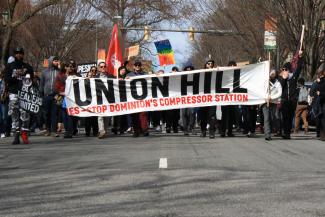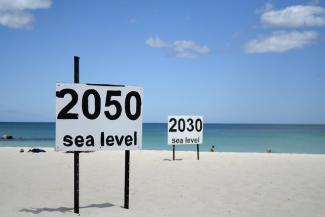Why Are Bike Equity Initiatives Needed and How Should Cities Incorporate Them?

If you have walked across downtown Manhattan recently, you may have been blinded by the new colorful green pavement marking protected bike lanes. NYC is one of many cities flaunting their new bike safety initiatives in political speeches, tourist brochures, and subway ads. Given the multiple economic, health, and environmental benefits of replacing car trips with bike trips, their pride is well-deserved. But in order for such initiatives to serve all New Yorkers, they must go a step further.








